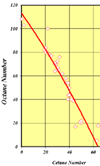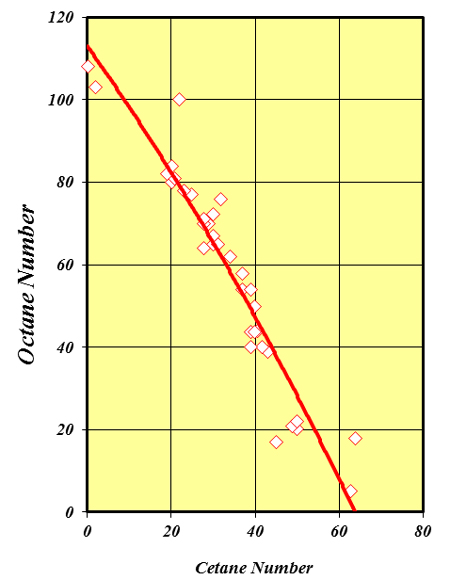Cetane or anti-, anti-knock?
 Now don't get me wrong, I like to think of myself as open to new ideas and suggestions as the next man, and indeed throughout my working life the programmes and projects I have been associated with would at least demonstrate that fact. But if you had told me even 10 years ago that a diesel engine would be used to win the 24 Hours of Le Mans every year from 2006 then I am sure I would have taken some convincing.
Now don't get me wrong, I like to think of myself as open to new ideas and suggestions as the next man, and indeed throughout my working life the programmes and projects I have been associated with would at least demonstrate that fact. But if you had told me even 10 years ago that a diesel engine would be used to win the 24 Hours of Le Mans every year from 2006 then I am sure I would have taken some convincing.
There was a time in the early 1990s of course, when, because of the increasing demands of gasoline emissions legislation, the only form of high-performance motoring for the future envisaged by some was likely to be diesel-powered. But this had more to do with the state of the gasoline car passenger vehicle emissions legislation relative to that of diesel than any desirable property of the fuel. Indeed, I think most will agree that the current domination of 24-hour endurance racing is due solely to a quirk of engine regulations favouring compression ignition than any inherent benefit of the fuel. But while the fuel comes from a similar source and is slightly higher up the hydrocarbon fuel volatility curve, in terms of combustion the properties used it could not be so very different.
In gasoline, the quality of the fuel is denoted by its Octane Number. A measure of its anti-knock property, once injected into the airstream and the mixture compressed, the higher the Octane Number the greater the resistance to spontaneous burning, and the charge can be ignited at the precise time required by means of the spark plug. In a diesel engine the situation is totally different. Here, instead of being injected into the port, the fuel is injected at high pressure into the combustion chamber and, rather than delaying the onset of combustion, since there is no spark plug present, the intention is to encourage burning of the fuel rather than delay it.
In describing the property of the fuel, instead of Octane Number, compression-ignition engine engineers refer much more to the Cetane Number of the fuel, which is a measure not of anti-knock but of ignition delay in the engine. But in some sort of convoluted and strange way, the two - Octane and Cetane - are actually linked. For although a fuel designed for a diesel engine would not be suitable for use in a gasoline unit, a fuel that has a high Octane Number will most likely have a low Cetane Number, and vice versa.

Surprising or not to the layman, the proof for such a statement can be found in the properties of the individual components or classes of components that make up each of the fuels. Aromatic compounds, for instance those that include the benzene ring, have a very poor ignition quality in diesel engines, while their performance improvement characteristics are renowned in gasoline units. Alcohols - methanol and ethanol, well known for their use in race engines - also offer poor ignition performance in diesel engines. For use in compression-ignition engines, alcohols have to be turned into fatty acid methyl esters (from methanol) or fatty acid ethyl esters (from ethanol), a process to be found generally in the manufacture of biodiesel.
But contrasting fuel properties or not, with only Audi and Peugeot so far having developed truly high-performance compression-ignition diesel units, it is difficult to see what the future is for diesel fuel in sportscar racing. Given the sheer expense of developing suitable engines, and the advantage over gasoline steadily eliminated by changes to the rulebook, it is difficult to see any other manufacturer entering the fray. And as we all know, once successful, manufacturers always eventually pull out, leaving the independents to fight among themselves.
I have no crystal ball but, like the turbo years in Formula One, maybe the era of the whispering giants in sportscar racing and the use of anti-, anti-knock fuel is slowly coming to an end.
Fig. 1 - Relationship between Cetane and Octane
Written by John Coxon